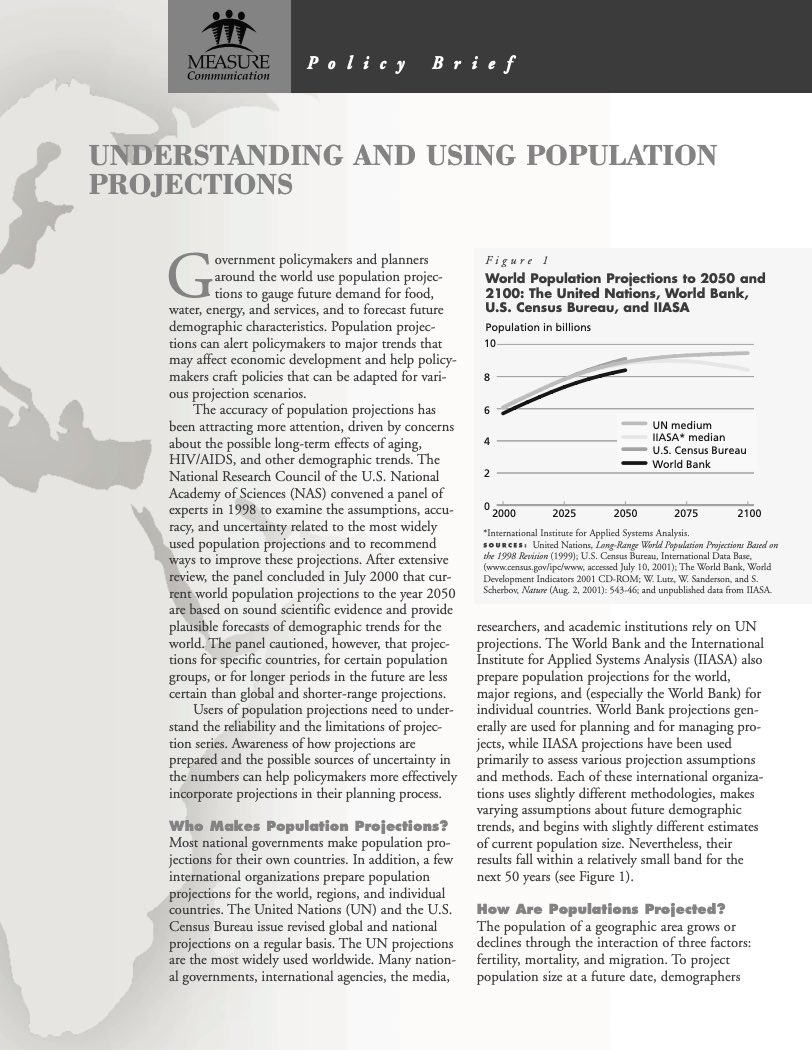Project: PACE: Policy, Advocacy, and Communication Enhanced for Population and Reproductive Health
New Population, Health, and Environment (PHE) Toolkit Launched
The Policy, Advocacy, and Communication Enhanced for Population and Reproductive Health (PACE) project is pleased to launch a completely revised Population, Health, and Environment (PHE) toolkit.




